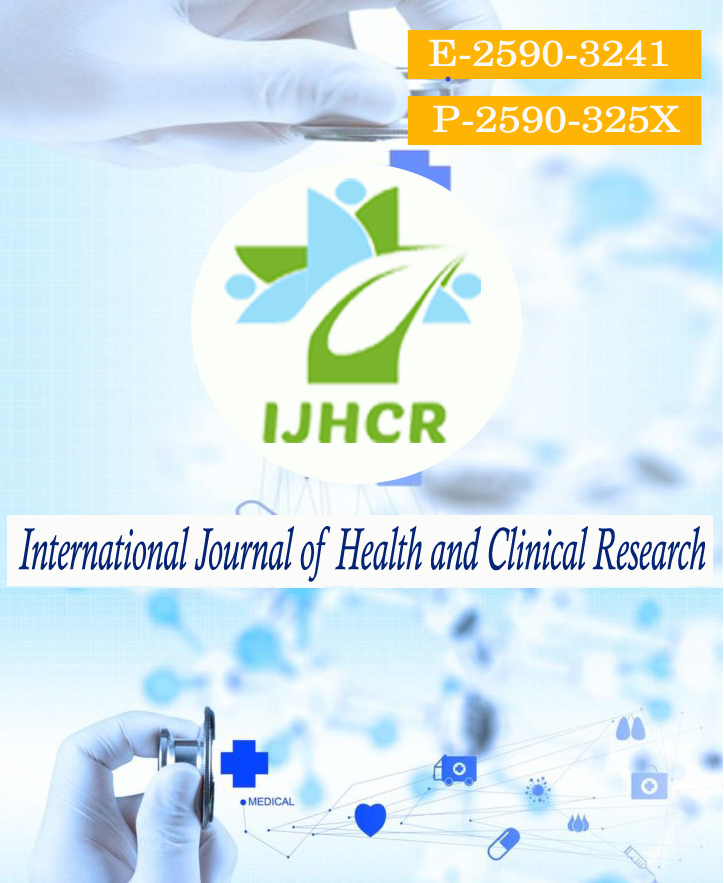A study of 100 cases of PAP’s Smear examination in different age groups
Keywords:
Cervical cancer, Papanicolaou test, Smear examination.Abstract
Background: Cervical cancer is one of the most common malignancies among women in developing countries. In India, one in five women is diagnosed with cervical cancer. India has the greatest load of cervical cancer patients.Aims and Objectives: To study PAP’s Smear examination findings and compare them with different age groups.Materials and Methods: Hundred women aged 20 years and above having a history of amenorrhoea were studied in the Department of Pathology between May 2018 to December 2019. Slides were prepared and stained using the modified Papanicolaou staining method. Smear was observed for epithelial cells, red blood cells, white blood cells, bacteria, trichomonas, monilial hyphae, mucus, and neoplasm. The cervix's histology and cytology were performed to observe epithelial lining, original stratified squamous epithelium, metaplastic squamous epithelium, and cervical stroma. Cervical intraepithelial neoplasia (CIN) was also observed.Results: Majority (80%) had gynecological complaints. Out of 100 cases, 33 cases were reported normal, 56 cases were reported inflammatory, while one case was reported as metaplastic. Three cases were reported as CIN-I, 1 as CIN-II, 3 as CIN-III, and 3 as positive for malignancy. The highest incidence of dysplasia was seen between the age group 31-40 years. Smear positive for dysplasia of all degrees were found in 3rd and 4thpara, positive smears for malignancy were found maximum in 4th para, and one positive case was seen in 2nd para.Conclusion: Incidence of dysplasia was highest in the young working-age group. The Pap smear test is the most effective cervical cancer screening test since it is moderately priced, simple to do, and widely available to patients.
Downloads
Published
How to Cite
Issue
Section
License
Copyright (c) 2022 Niravkumar Sureshbhai Panchal, Manojkumar Jayantilal Patel, Nital Panchal, Pratikkumar B. Desai

This work is licensed under a Creative Commons Attribution 4.0 International License.






 All articles published in International Journal of Health and Clinical Research are licensed under a
All articles published in International Journal of Health and Clinical Research are licensed under a 